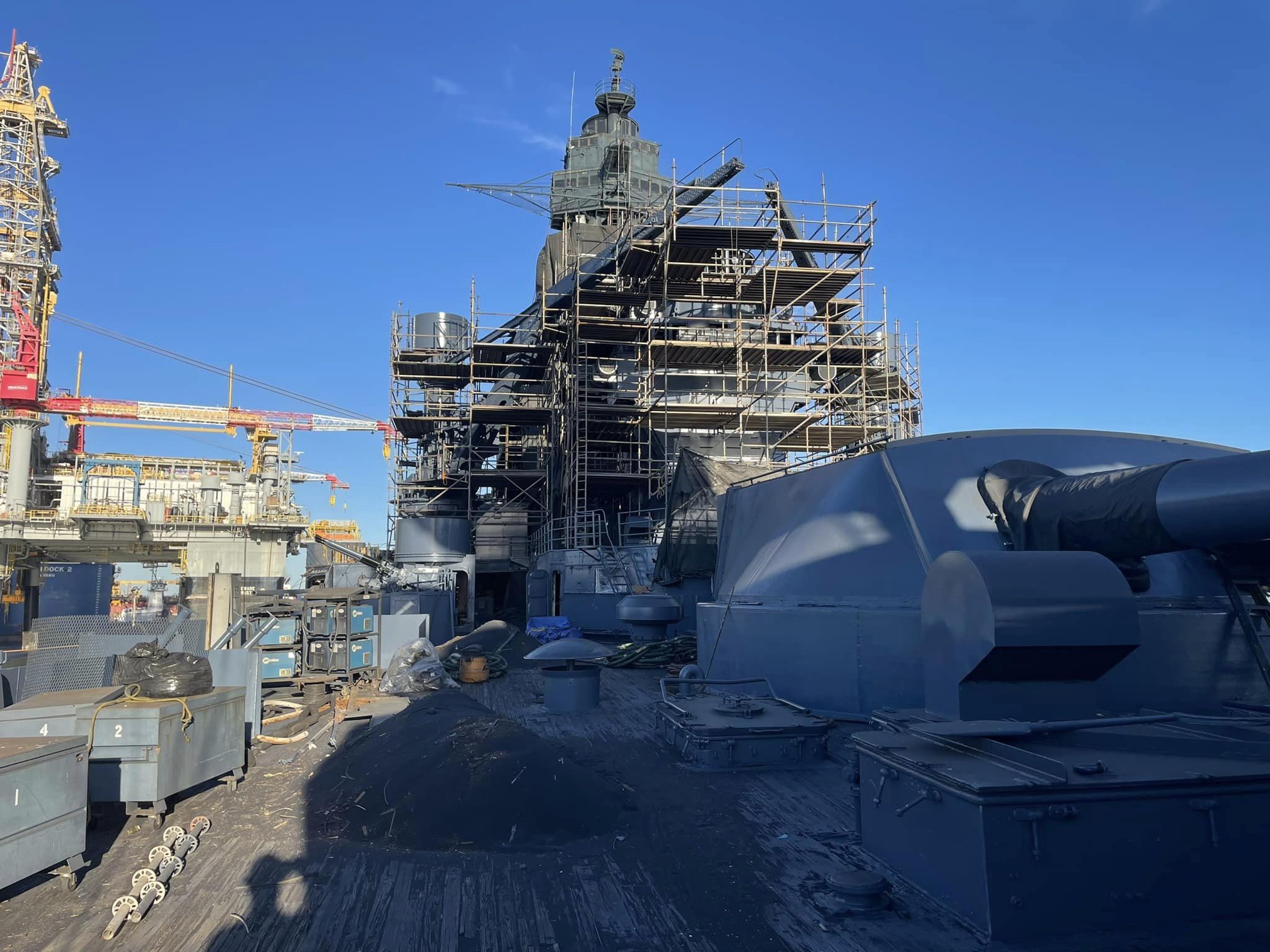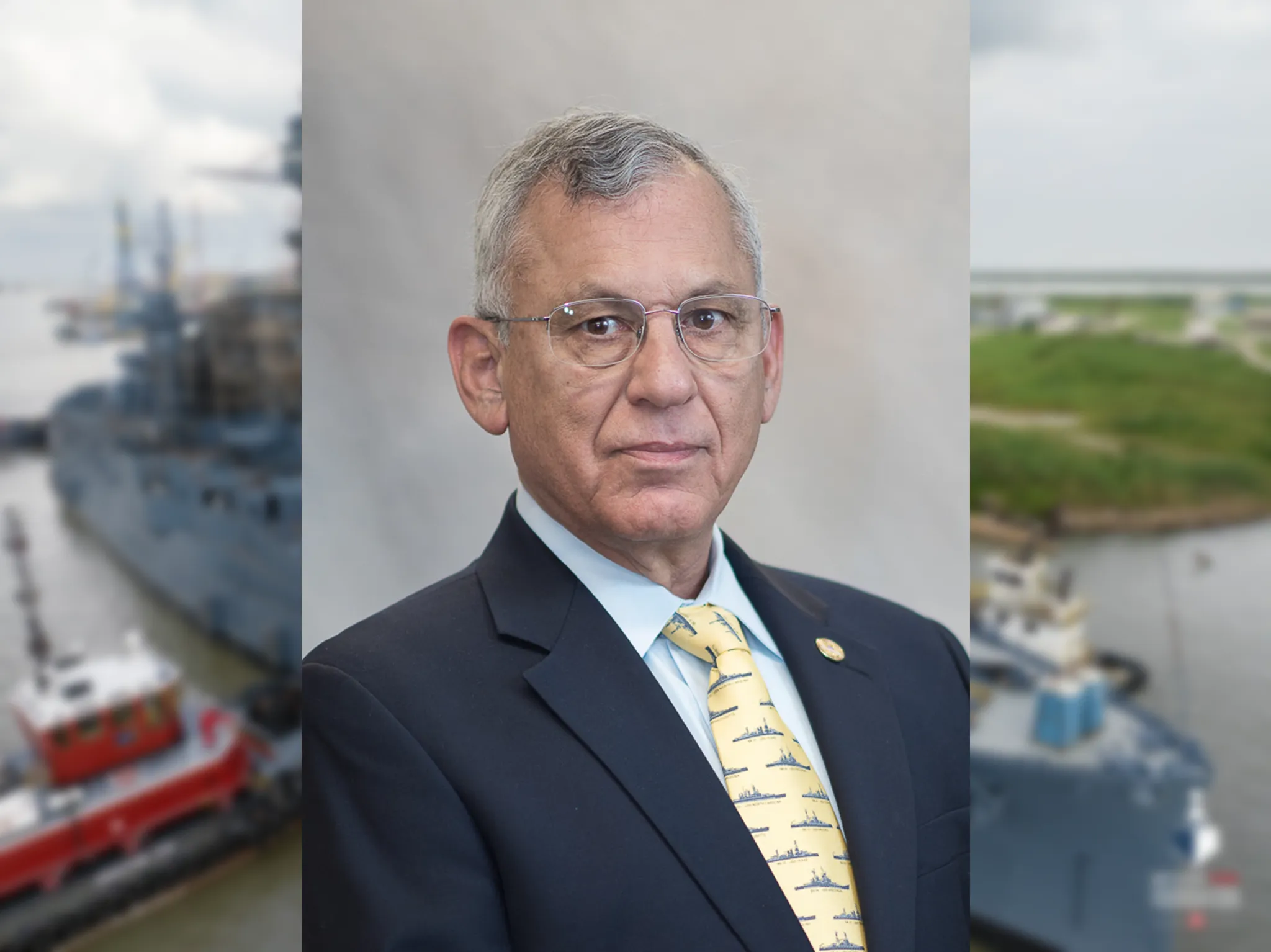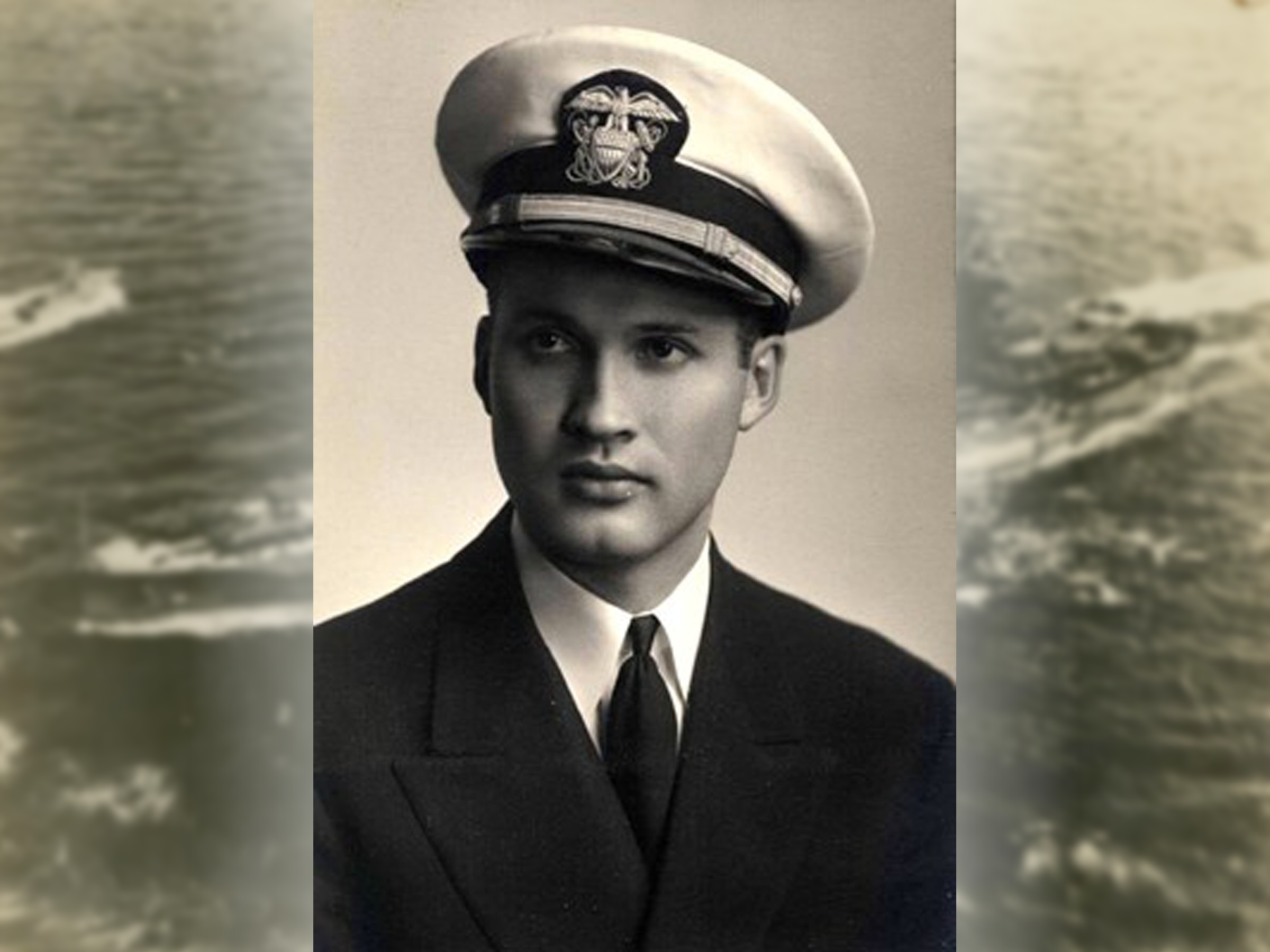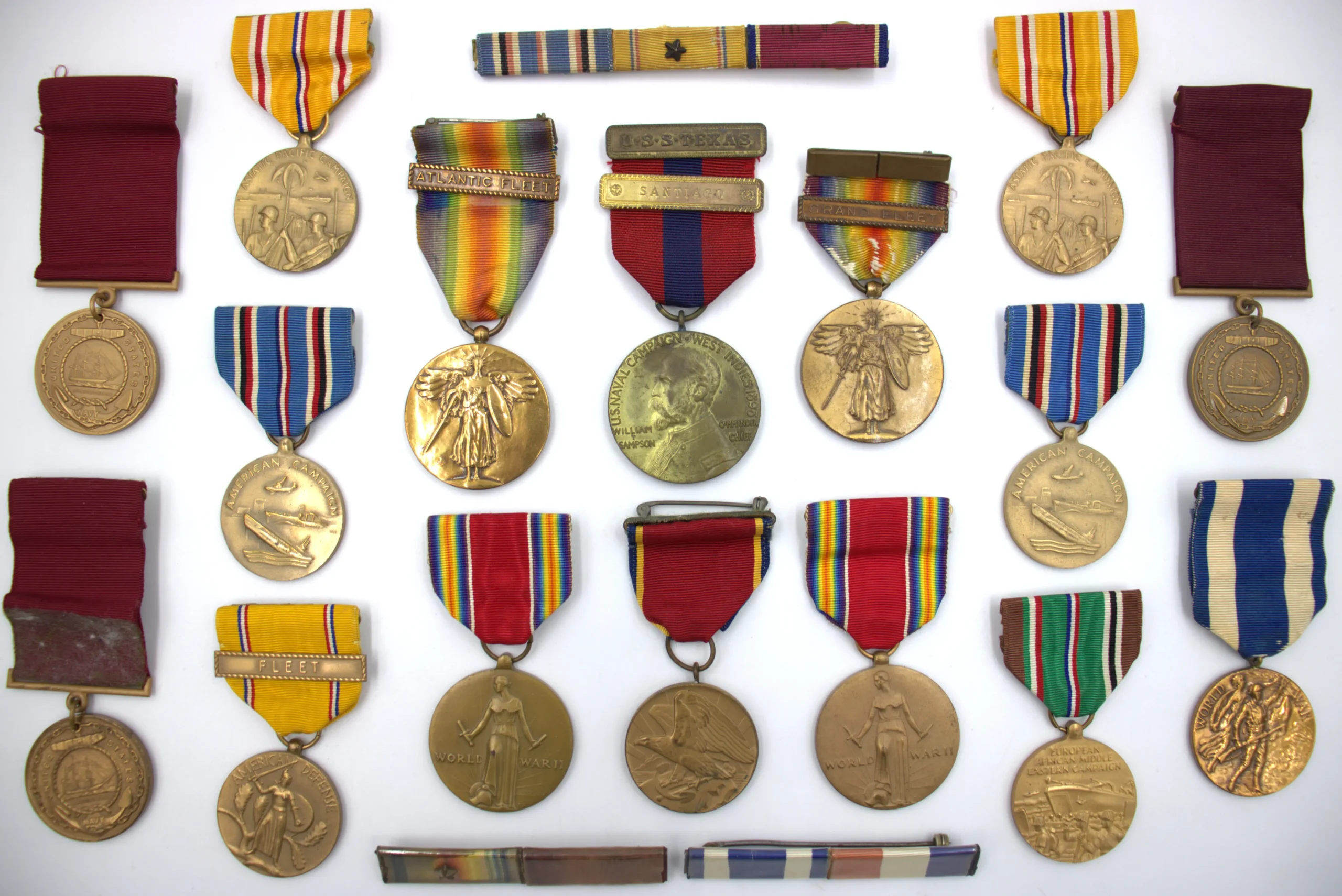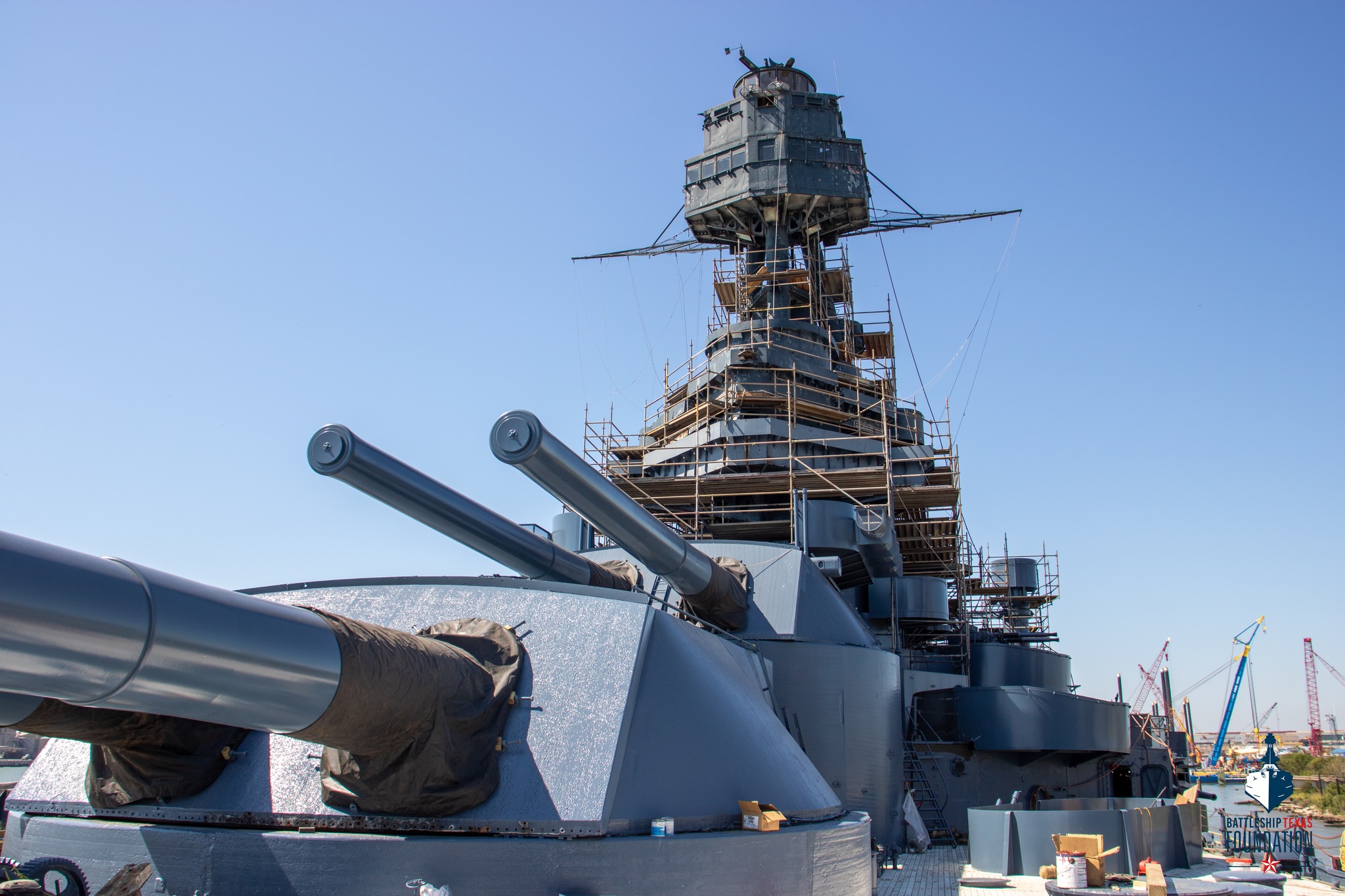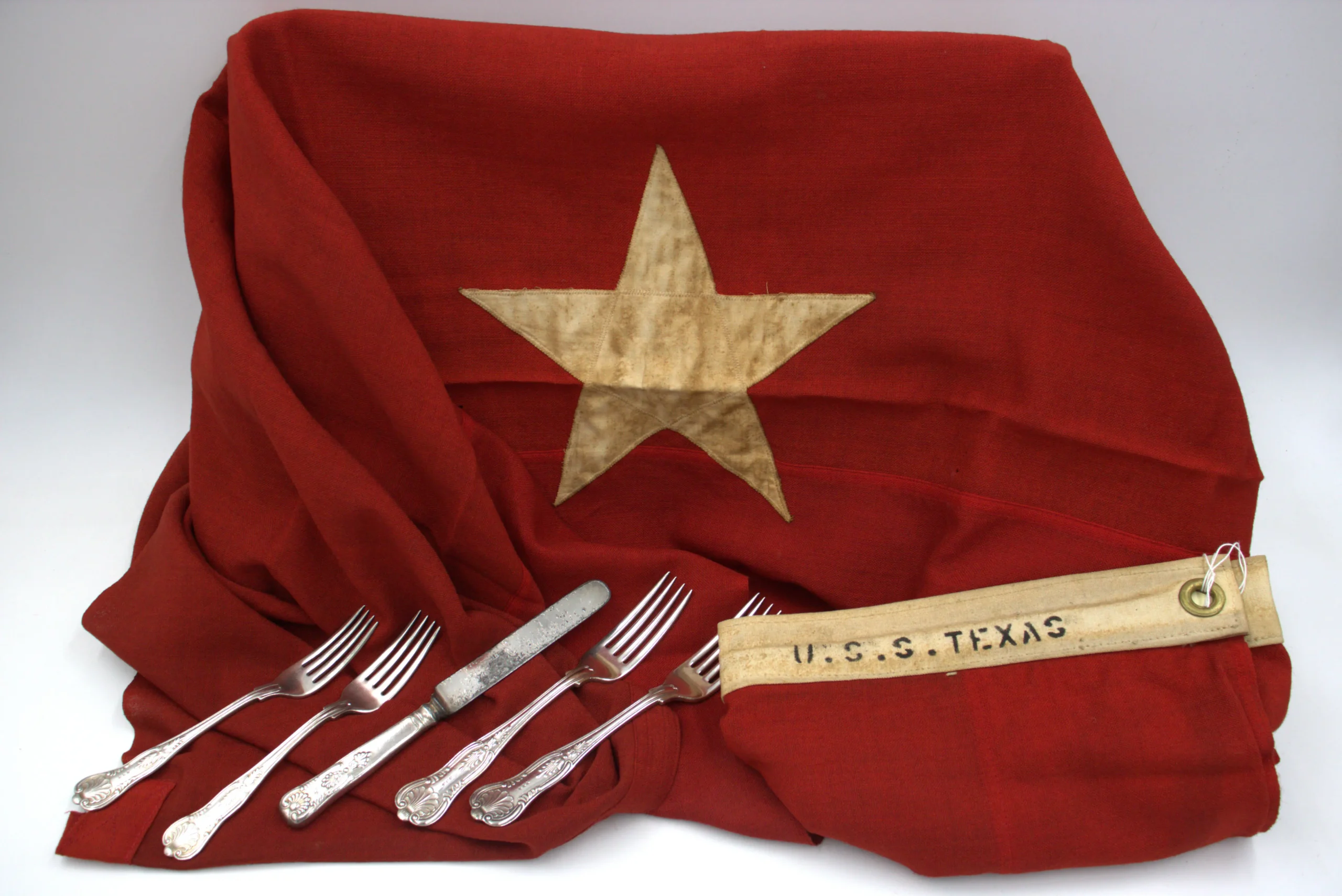Home
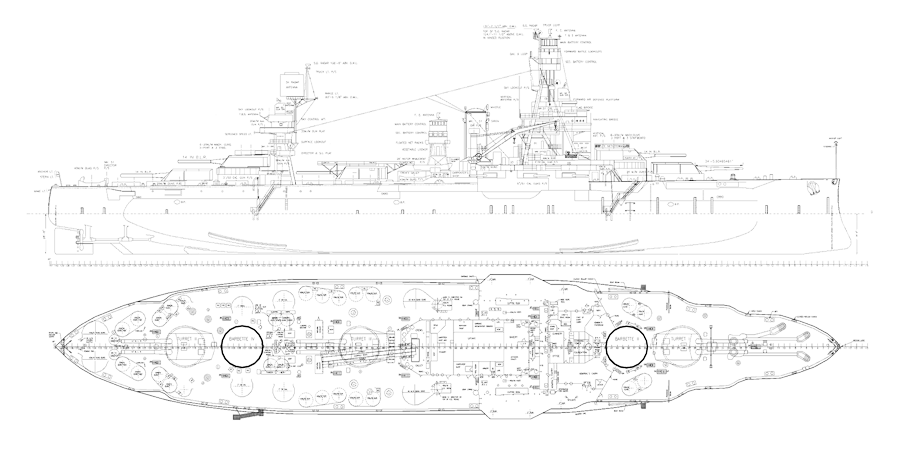
The most powerful weapon in the world in 1914
Battleship Texas was on the front line of innovations in gunnery, aviation, and radar throughout her career. A veteran of both World Wars, today she is the world's last surviving Dreadnought. Over her 34 year career she was home to tens of thousands of sailors and marines from all around the nation, whose history she carries with her.
Learn More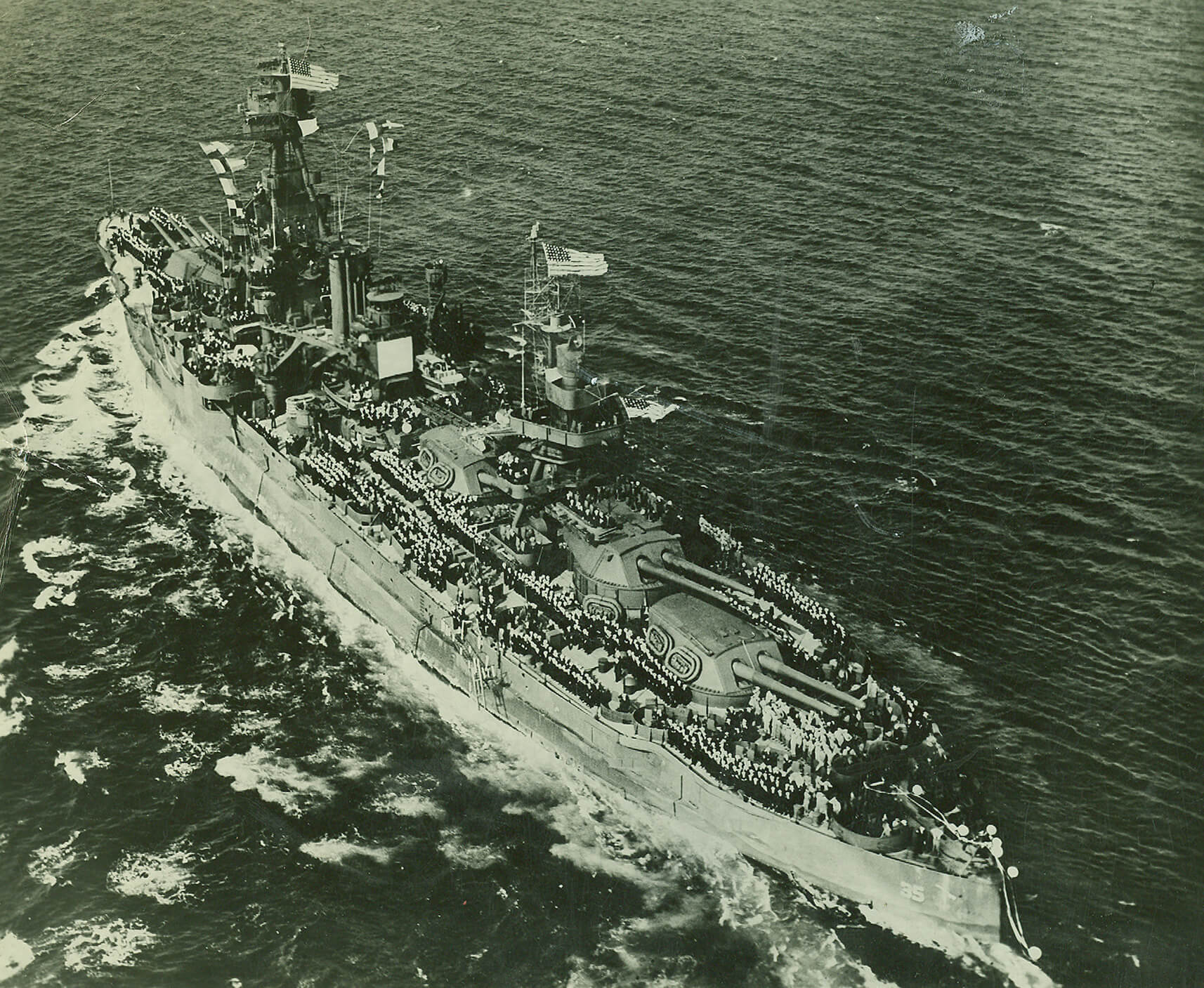
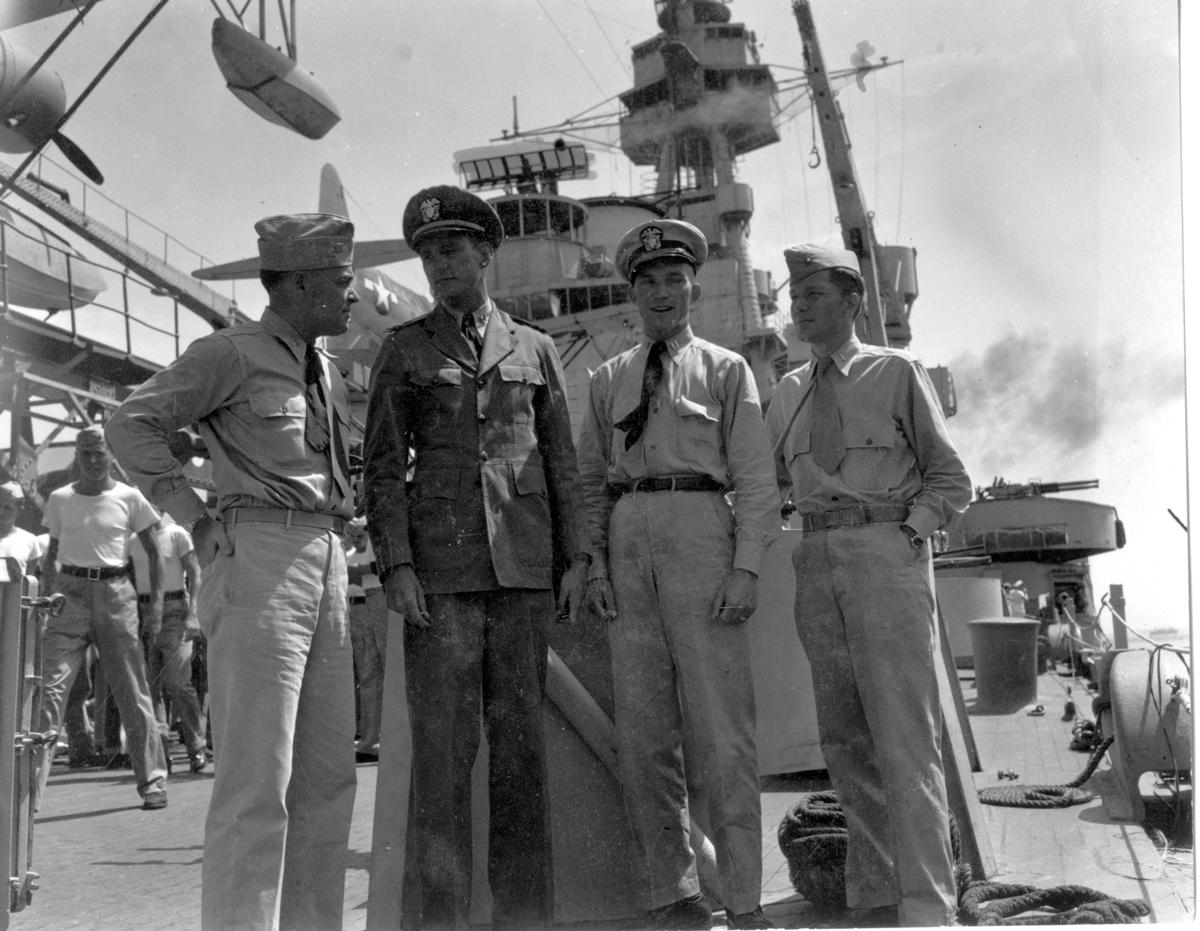
What’s next
Battleship Texas Foundation could not restore and maintain Battleship Texas without the generous support of donors like yourself.
Donate Now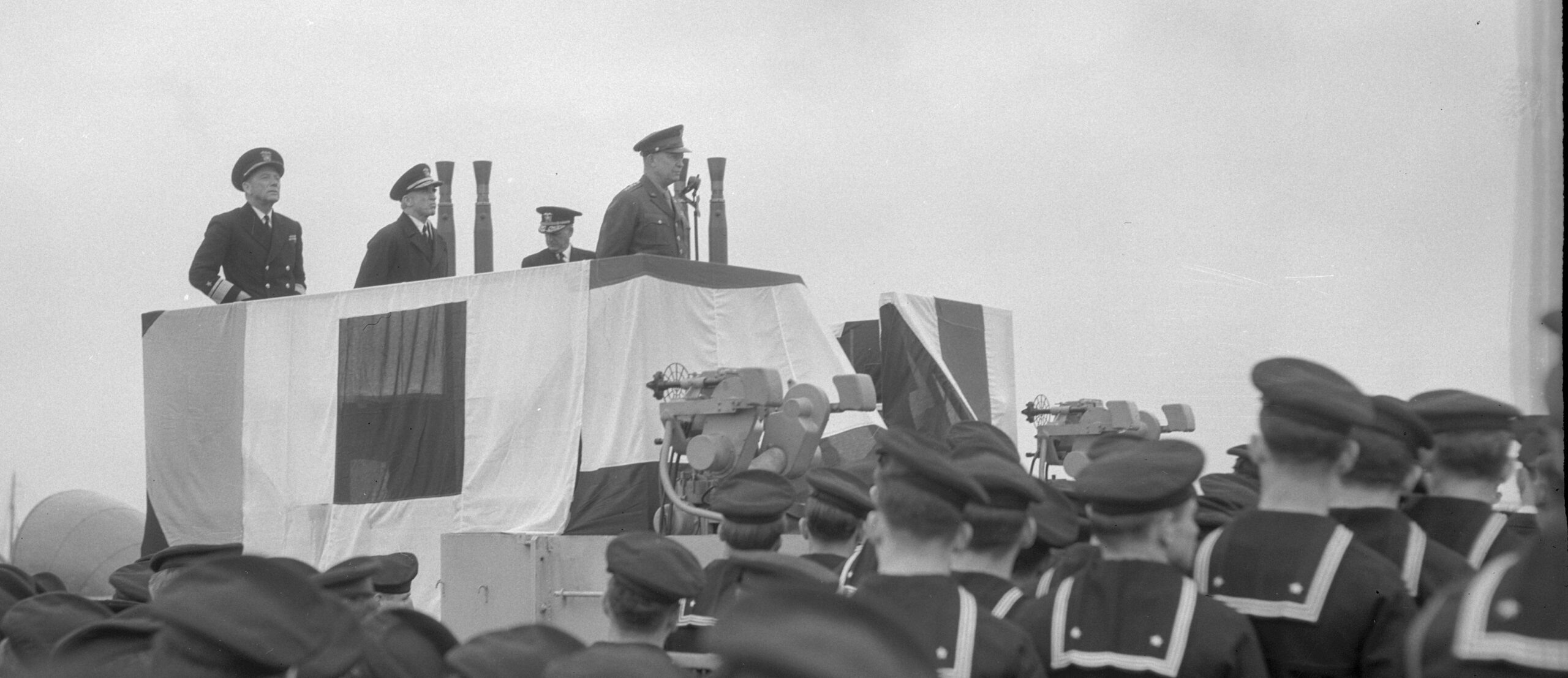
Virtual Exhibit
D-Day
Eighty years later, the Battleship TEXAS, the last remaining battleship to participate in the landings at Normandy, reminds us of the great sacrifices made by those who took part in the largest amphibious invasion of Europe.
Learn More
